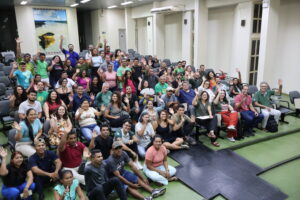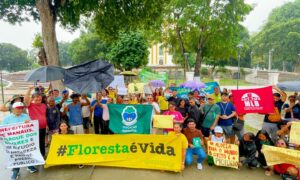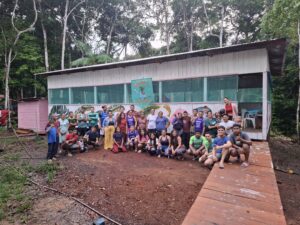INPA´s master’s research, in collaboration with Instituto Juruá, seeks to identify the changes seen in the diet of Amazonian riverside communities and the impact of these changes in the lifestyle of traditional communities of the Juruá River.
By Paula Mulazzani Candiago
Translated by Bruna Favaro
The construction of a people’s cultural identity involves “what” and “how” they eat. For forest residents, resources provided by the environment can represent not only biological information, but also sociocultural information. Therefore, diet is a key aspect for identifying cultural practices, such as for the riverside population, whose diet is mainly based on different fish eaten together with flour. However, following the introduction of basic food basket and industrialized and ultra-processed food, traditional populations are in the process of changing their diet.
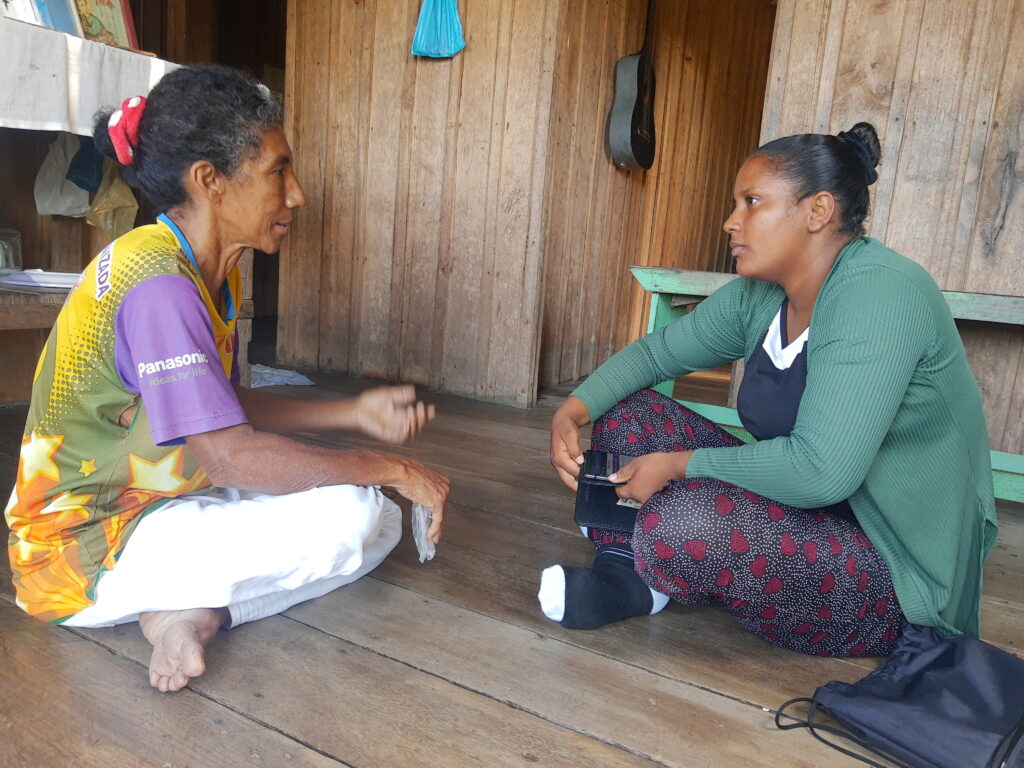
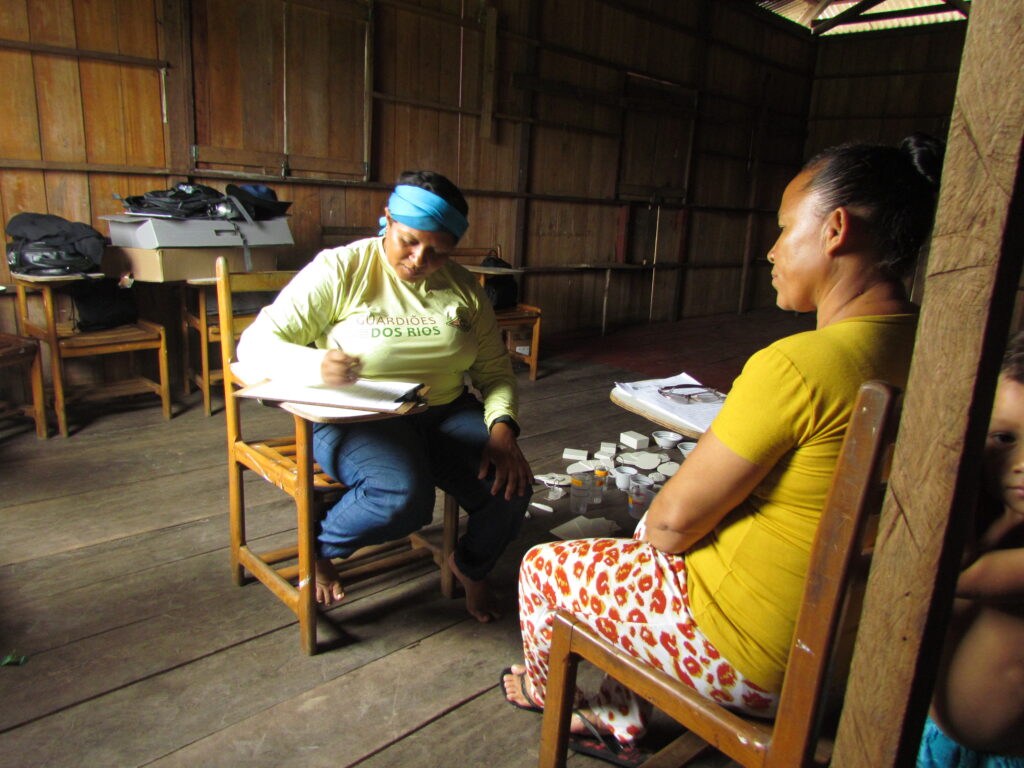
The socioeconomic profile, dietary diversity, food security and their relations in guaranteeing the well-being of the riverside population of the Juruá River are the subject of study of the project Health and nutrition of communities of Juruá River, which had its first phase held from November 2023 to December of the same year. The project takes place in 33 communities of the rural area of the municipalities of Itamarati and Carauari, and is part of the master’s project developed at the National Institute for Amazonian Research (INPA) by the collaborating researcher at Instituto Juruá, Paula Malazzani Candiago. In the field team – which included Instituto Juruá’s support structure – community members and residents of Carauari, Antônia Débora Ferreira de Souza, Francisca Braga de Lima, Maria Ozangela Cunha de Lima, Mikaely Paixão Figueiredo and Risonaira Silva e Silva participated directly in data collection. The team also included Raimunda Antônia Gomes de Souza, better known as Tonha, Logistics Assistant at Instituto Juruá.
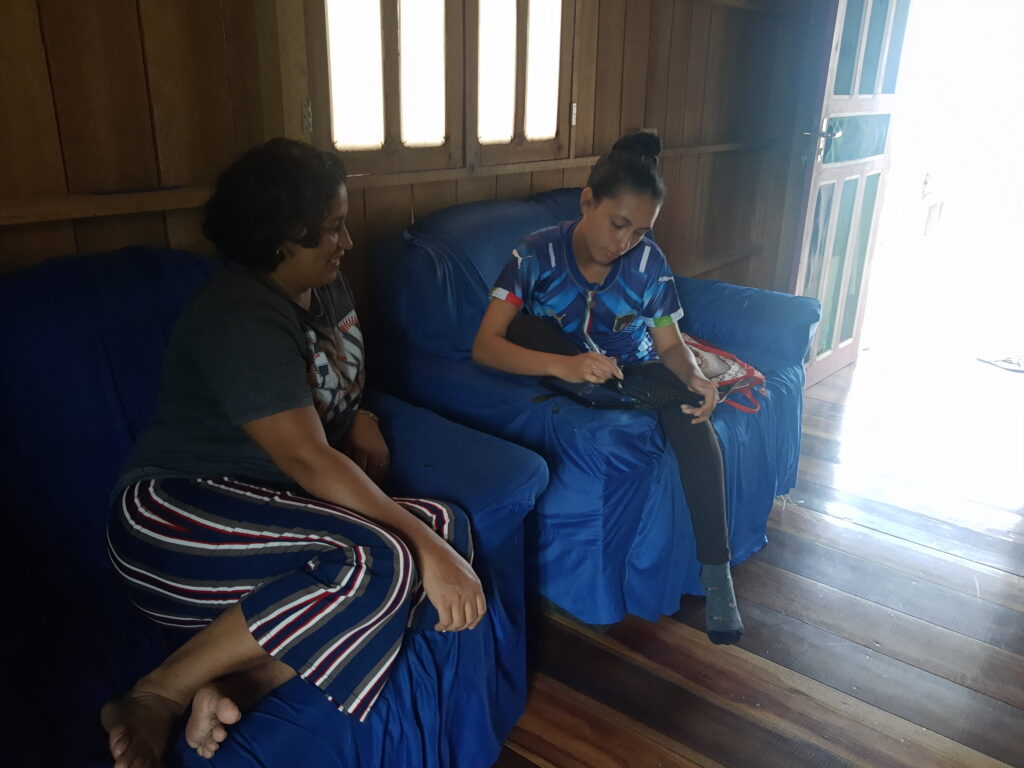
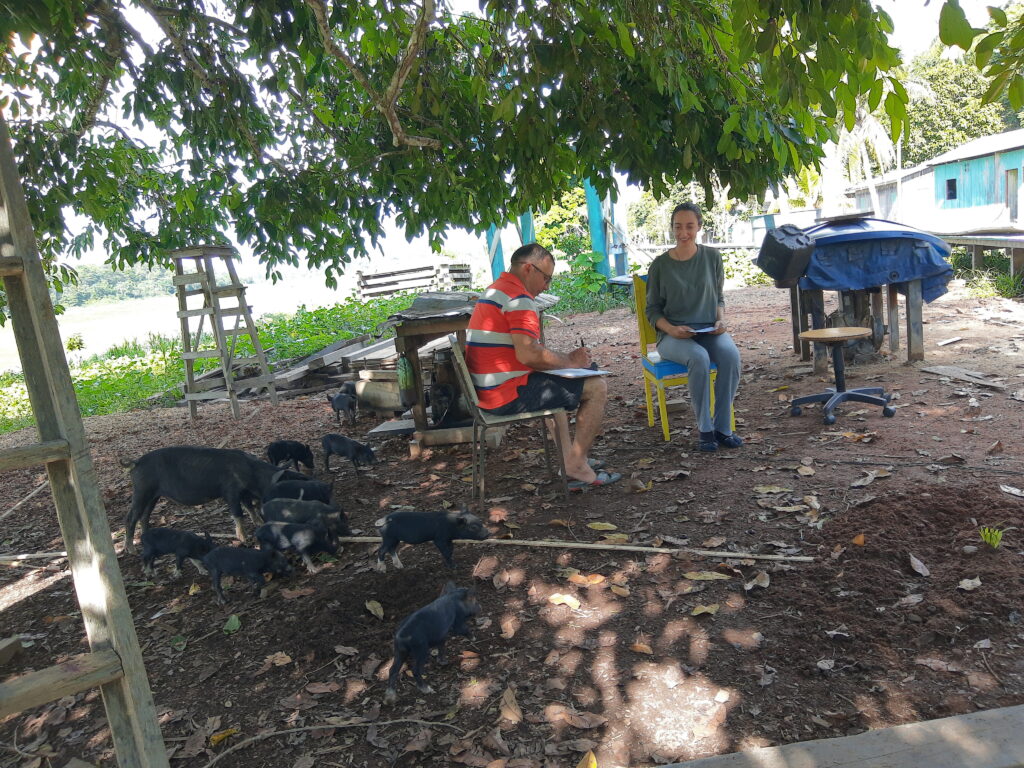
To carry out the project, different questionnaires are applied, one for community leaders, another for housewives and the last for mothers accompanied by their children (who are between 2 months and 5 years old). In addition, consumed drinking water is collected for quality analysis. The nutritional status of mothers and children is being assessed through questionnaires, anthropometric assessment – which helps to determine the different aspects of nutrition and health based on the person’s physical state, as they involve anthropometric measurements, such as height, weight, different body circumferences and skinfolds; this last assessment estimates the percentage of body fat – and dietary records of the last 24 hours. Housewives answer a questionnaire to identify the socioeconomic and food profile of communities. Community leaders bring their perception about health concerns, health problems, cases of malnutrition, agricultural production, animal health and water/sanitation.
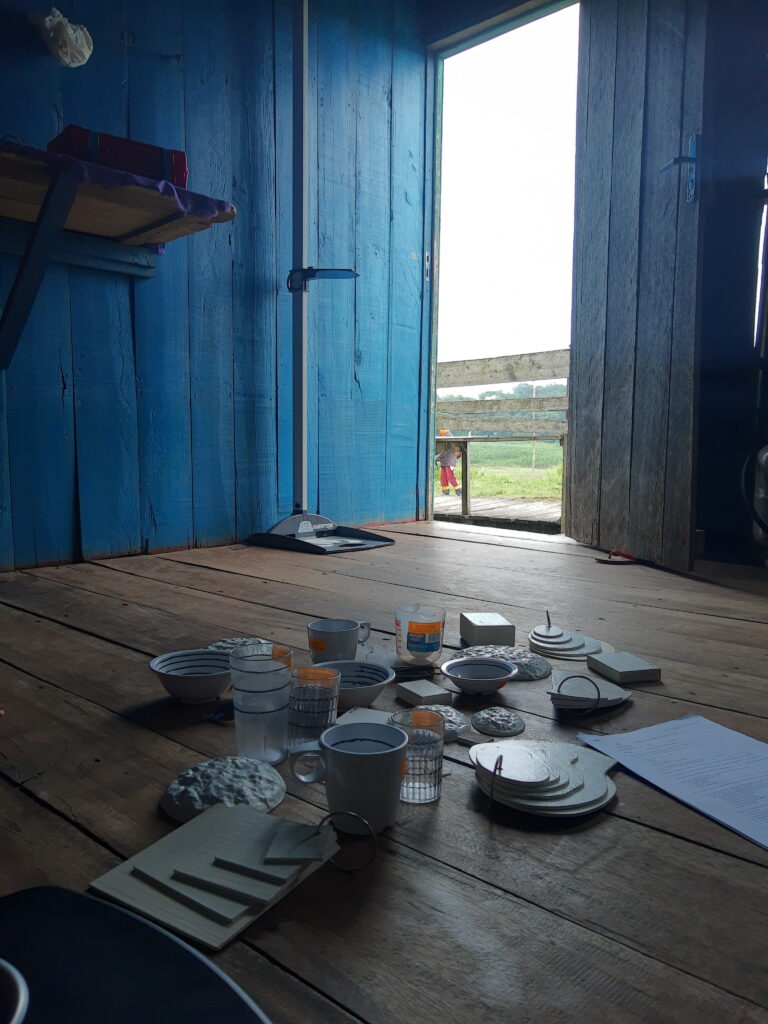

The second phase of data collection will be carried out in 2024, seeking to cover the flood period and the changes in diet that occur in the Amazon winter. The questionnaires will be reapplied and, thus, we will be able to delve deeper into the contemporary dynamics of Amazonian food regimes and their implications for the population’s lifestyles and food security.
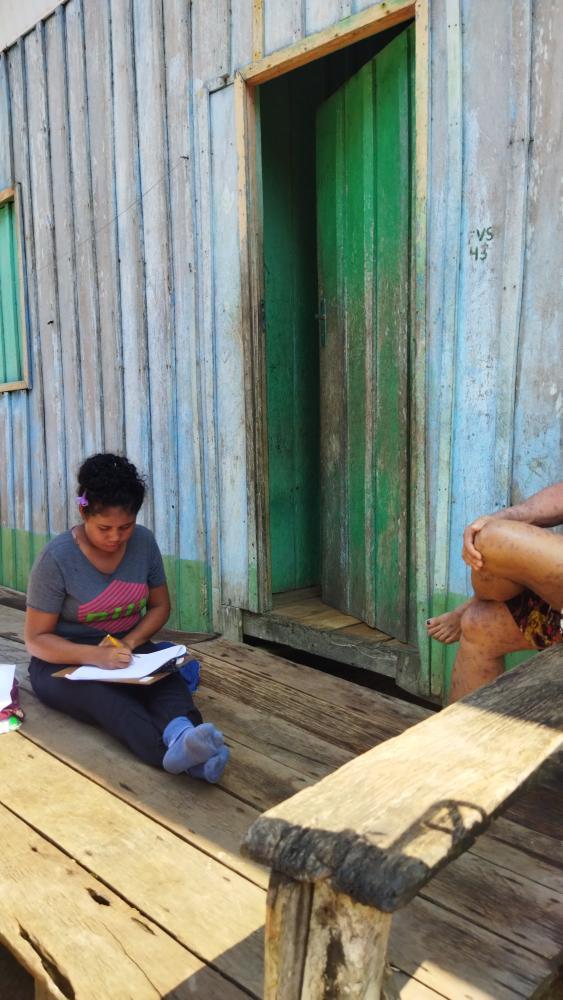

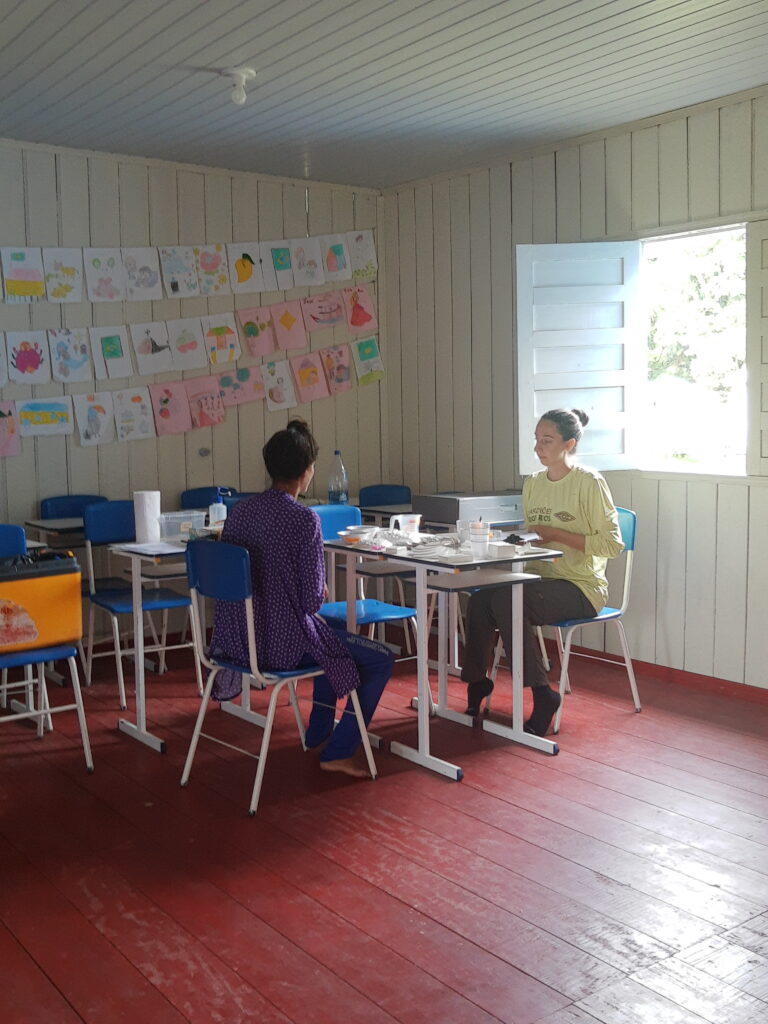
The project is expected to be concluded in 2025. After the data analysis period, feedback is planned to be delivered for all participating communities and the creation of future projects based on the results found.

